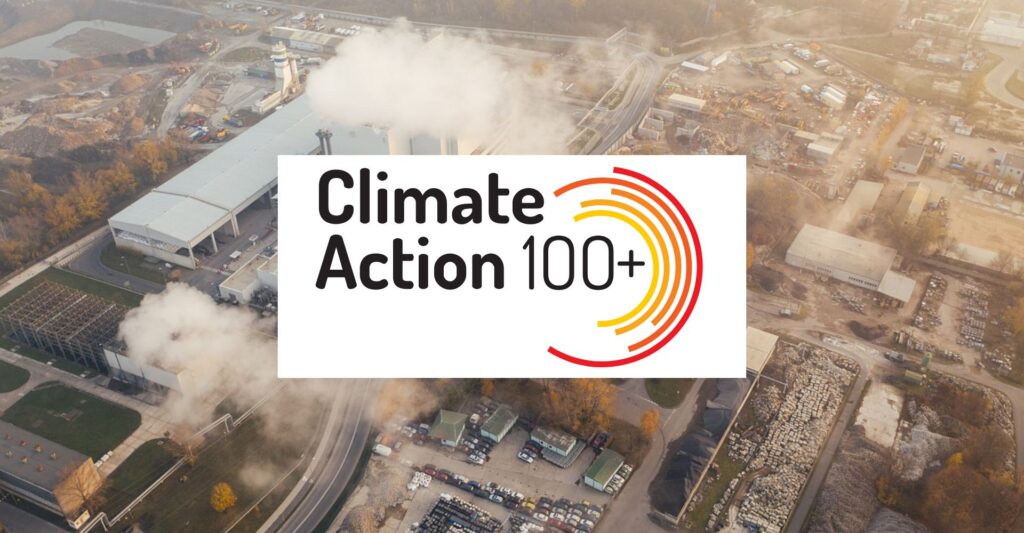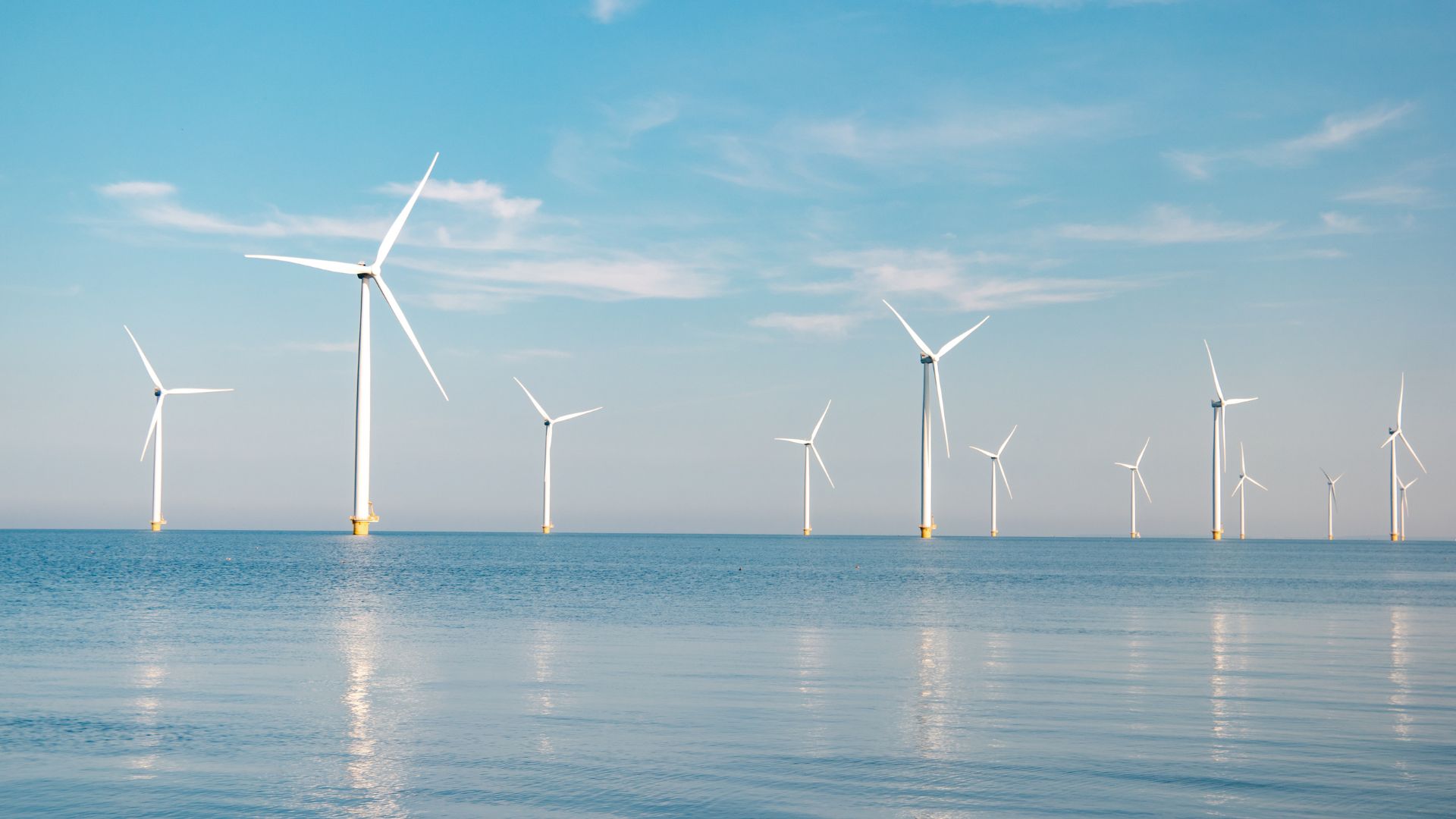Climate Action 100+ Releases Net Zero Standard for Oil & Gas Company Assessments

|
Listen to this story:
|
Results highlight that current transition plans are insufficient for investors to accurately gauge transition risk, a material financial risk for high-emitting companies on the Climate Action 100+ focus list.
- Results highlight that current transition plans are insufficient for investors to accurately gauge transition risk, a material financial risk for high-emitting companies on the Climate Action 100+ focus list.
- Substantial differences exist in the levels of disclosure between both companies and regions, and there are examples of good practice.
- The Net Zero Standard for Oil & Gas was developed to help inform investors’ corporate engagement priorities and their understanding of transition risks in their portfolios in order to preserve long-term shareholder value.
Climate Action 100+, the world’s largest investor engagement initiative on climate change, published assessments of ten oil & gas focus companies using the Net Zero Standard for Oil & Gas (NZS O&G). The assessments were conducted by the Transition Pathway Initiative Centre (TPI Centre) which has also published supplementary analysis of the key themes emerging from the data.
The following European and North American companies were assessed using the NZS O&G: Exxon Mobil Corp., Shell plc, Chevron Corp., TotalEnergies SE, ConocoPhillips, BP plc, Occidental Petroleum Corp., Eni S.p.A, Repsol S.A. and Suncor Energy Inc.
The NZS O&G examines detailed aspects of each company’s transition strategy, such as production plans and methane commitments. It separately assesses the level of company climate disclosure, the alignment of that disclosure with the IEA’s NZE climate scenario, as well as strategies to diversify into low carbon activities.
The NZS O&G was designed to complement the Climate Action 100+ Net Zero Company Benchmark, offering investors a sector-specific tool to assess climate-risk disclosures and alignment of transition strategies with the goals of the Paris Agreement, consistent with companies’ aim to reduce transition risk and preserve long-term shareholder value.
Key findings
- Current disclosure is insufficient for investors to accurately gauge transition risk: While several companies are targeting net zero, the absence of disclosure on critical elements such as carbon capture or upstream production makes it difficult for investors to understand how they will get there, as well as the transition risks of each company. Overall companies met just 19% of the sector-specific metrics in the Net Zero Standard.
- Good practice can be adopted by peers and encouraged by investors: The best performing company met 52% of the metrics overall, with comparatively strong performances on methane, production and neutralisation topics. The same company also performed particularly highly on climate solutions, where it met 81% of the metrics. While no company can be described as aligned with the IEA’s NZE scenario, the degree of misalignment varied substantially.
- Company results vary between Europe and North America: Overall, European companies provide substantially better disclosure, set more aligned targets and are investing more in climate solutions. North American companies are still not planning to meaningfully diversify into low carbon energy production, meeting just 3% of the metrics assessing climate solutions.
- Disclosure captures different transition strategies: Each company is responding differently to challenges and opportunities posed by the transition. For example, nine of the ten companies have set net zero targets for operational emissions, however only two have set out convincing strategies on methane (a major component of these emissions). One company appears to be relying exclusively on neutralisation, whereas others see it as appropriate for residual emissions. Where North American companies are diversifying into low-carbon activities, these plans exclusively focus on fuels rather than renewable electricity.
Full analysis by TPI Centre is available here.
Dan Gardiner, Head of Transition Research, IIGCC – the Climate Action 100+ investor network that led the development of the NZS O&G – commented: “The oil & gas sector typically represents the largest and most concentrated source of transition risk in investors’ portfolios. By showing the wide variation in the quality of companies’ disclosure and diversification strategies, this analysis enables investors to see where this risk is most acute. While a few companies have made progress, most are failing to set out even a basic transition strategy.”
Jared Sharp, Project Lead for Net Zero Standards, TPI Centre, said: “The inaugural assessment of the Net Zero Standard for Oil and Gas delivers a clear message: while certain companies showcase commendable strides towards robust climate strategy, the overall industry landscape remains alarmingly underprepared for the transition. On average, only 19% of metrics are met by the companies assessed. While the results are sobering, they underscore the urgency for more action. It is imperative for both investors and industry to pivot towards strategies that minimise transition risk and drive innovation for a viable energy future.”
Andrew Logan, Senior Director for Oil & Gas at Ceres, an investor network that co-coordinates CA100+, said: “COP28 underscored the urgency of rapidly decarbonizing the oil and gas sector. This assessment makes clear that the industry is falling well short of the mark, even in areas like methane mitigation where there has been meaningful progress. While a number of companies in the sector have made commitments to zero out emissions by mid-century, this analysis underscores that targets, however ambitious, are only a downpayment on a more comprehensive strategy that includes details on how those goals will actually be met. At the same time, there is some good news to be found here. There is considerable variation in the degree to which companies are misaligned with Paris, which means that there is both progress on which to build and clear evidence that investor engagement thus far has had an impact.”
About the Net Zero Standard for Oil and Gas
The NZS O&G was developed to help inform investors’ corporate engagement priorities whilst helping them better understand the transition risk in their portfolios.
Its development followed a two-year consultation process led by IIGCC with support from the TPI Centre, investors and regional investor groups. Provisional indicators were published in September 2021 and subsequently tested in a pilot study covering five European major oil and gas companies.
The NZS O&G metrics have been designed to complement the Disclosure Framework of the Climate Action 100+ Net Zero Company Benchmark. The Standard is also designed to support and complement Global Sector Strategies engagement, as outlined in Climate Action 100+’s phase two strategy.
Related Article: Invesco Exits Climate Action 100+ Coalition, Joining Other Major US Asset Managers
Climate Action 100+ will consider the impact of the NZS O&G workstream later in the year, including an update of the company assessments with potential to expand coverage, if it is deemed successful. This potential expansion as well as further work on sector standards and Climate Action 100+ linked assessments are dependent on the strategic priorities and resources of the initiative and its academic partner.
The Climate Action 100+ full disclaimer can be found here.










